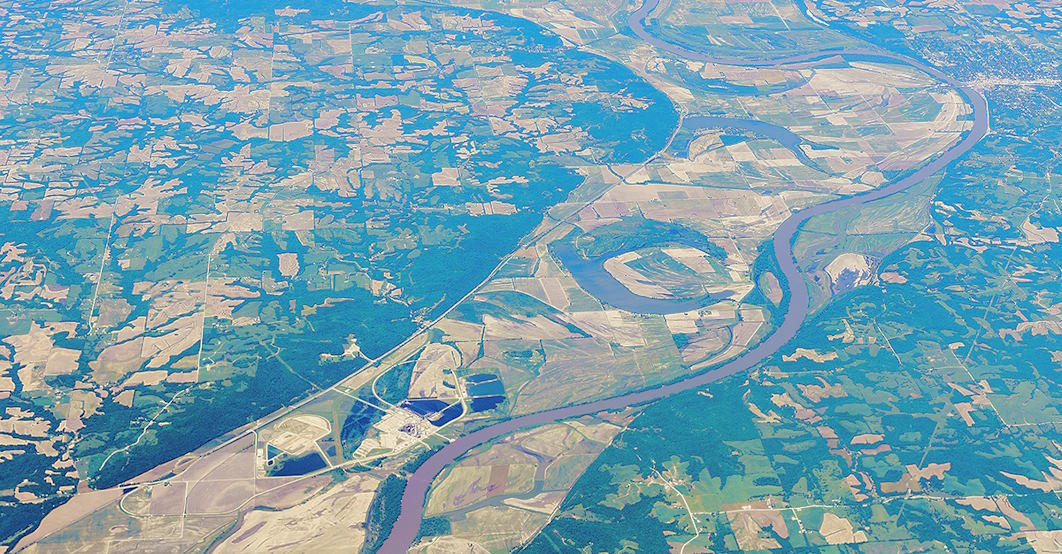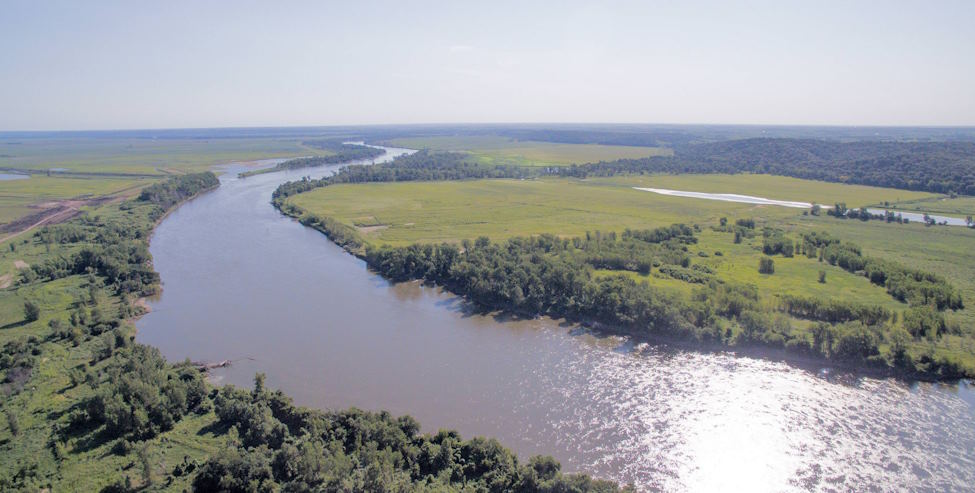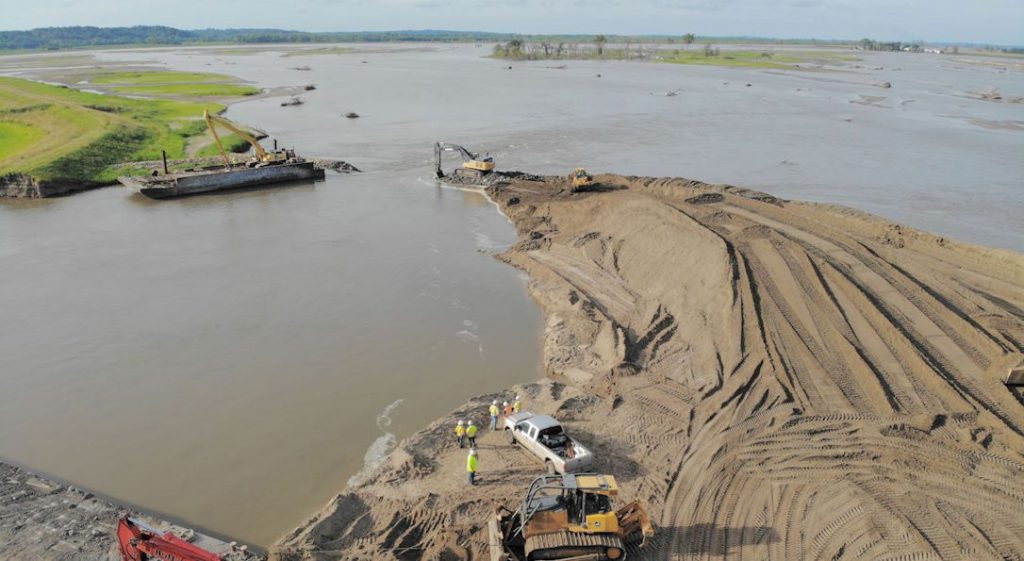Indigenous communities have played a crucial role in the restoration of the Missouri River, a vital waterway that flows through the heartland of the United States. Their deep connection to the land, water, and traditional knowledge has made them invaluable partners in the efforts to revitalize this important ecosystem. The indigenous wisdom in Missouri River restoration will give better results to the complete process and finally, you can move in the right way.
How Does The Indigenous Community Contribute To River Restoration?
The Missouri River, stretching over 2,300 miles, has been a lifeline for many Indigenous communities for thousands of years. It has provided sustenance, transportation, and spiritual significance to numerous tribes, including the Lakota, Dakota, Nakota, Omaha, Ponca, and many others.
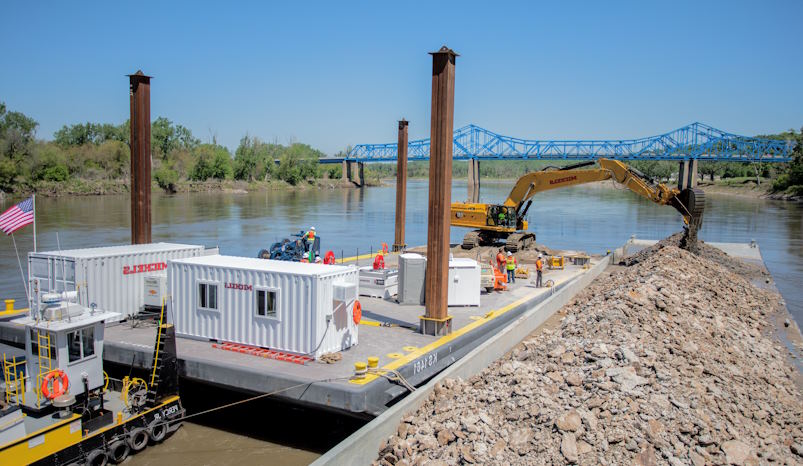
These communities have maintained a profound relationship with the river, understanding its rhythms and the delicate balance of nature that it sustains. The role of indigenous collaboration Missouri River renewal is of so high value that it can give good results.
One of the most significant ways in which Indigenous communities have contributed to the restoration of the Missouri River is through their traditional ecological knowledge. This knowledge encompasses generations of wisdom about the river’s ecosystems, seasonal changes, and the behavior of fish and wildlife.
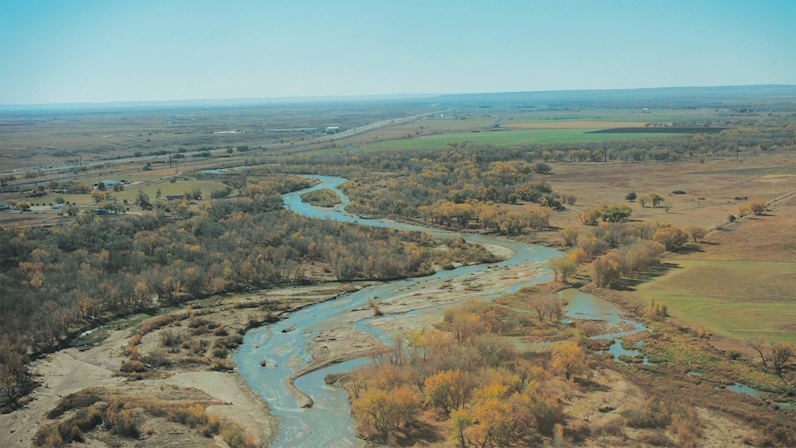
- Indigenous people have a deep understanding of the river’s intricacies, which have been passed down through oral traditions and practical experience. Various indigenous practices for Missouri river rehabilitation that people carry own are of high value that results will be best.
- In recent years, there has been a growing recognition of the value of this traditional ecological knowledge in modern conservation efforts. Indigenous elders and community members have actively participated in collaborative projects with government agencies, environmental organizations, and scientists to restore the river’s health.
- Additionally, Indigenous communities have been at the forefront of efforts to protect and restore the cultural heritage associated with the Missouri River. Many sacred sites and burial grounds are located along the riverbanks, and Indigenous leaders have worked tirelessly to ensure these sites are preserved and respected during restoration projects.
- Indigenous communities have also been instrumental in advocating for responsible water management practices. They have voiced concerns about dam construction, water diversions, and pollution that have negatively impacted the river’s health.
In recent years, there has been a shift towards recognizing Indigenous sovereignty and self-determination in natural resource management, including the restoration of the Missouri River. Collaborative agreements and partnerships between tribal governments, federal agencies, and state governments have emerged to ensure that Indigenous communities have a seat at the table in decision-making processes.


